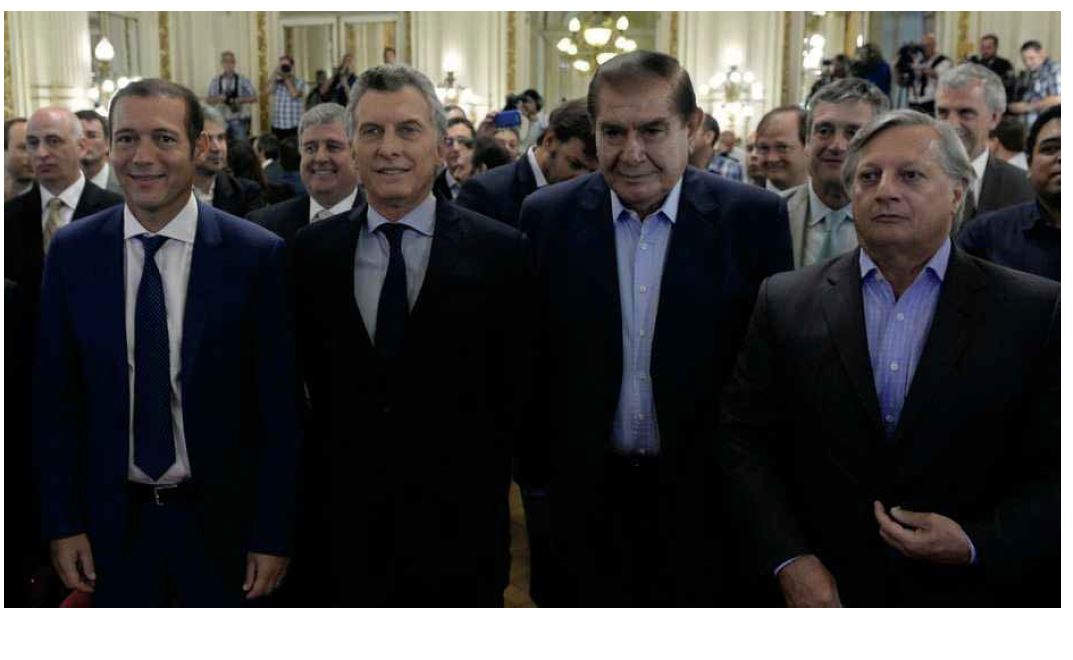Important Announcements in Non-conventional Hydrocarbons
Versión Español
The national government has made a strong commitment to this sector for 2017. Agreements with workers and investors have made it a promising prospect. The details and forward-looking projections are given in the following para graphs .
graphs .
In an attempt to boost economy and attract foreign investments , President Mauricio Macri has announced the Exploitation Plan of Vaca Muerta‘s Reservoir, one of the most prosperous energy projects for the country . Vaca Muerta is a formation of shale (non-conventional hydrocarbons) that covers a 30,000 -kilometres area in the provinces of Neuquen, Rio Negro, Mendoza and La Pampa. It holds the world’s second largest shale gas deposit and the fourth largest shale oil reservoir. Since Macri took office in december 2015, the government has be studying strategies to attract foreign investments that could make it possible to develop the vast potential of the non-conventional hydrocarbons production.
Investments still to come
In november 2011, it had already been tested that the reserves in the deposit could be estimated at around 927 millions of barrels of oil equivalent, out of which 741 millions correspond to oil and the rest to gas. However, the country has neither been able to make exploitation profitable nor attract investments due to a variety of factors. The first of them was production costs . Conventional oil exploitation is made through drillings in vertical wells whereas the techniques of fracking and horizontal wells, appropiate to the exploitation of non-conventional hydrocarbons, demand high levels of investment. Specialists have stated that the cost of a horizontal well is four times higher than that of a conventional vertical one. In addition, the general market regulations in these years must be taken into account. Nowadays, the international crude price is lower than the one necessary to make oil exploitation in Vaca Muerta profitable. This shows a fall in the inversion and the activity not only in the local market but also worldwide. Province of Neuquen has granted 19 concessions but up till now only two of them are in their development phase while the remaining 17 are still waiting .
On the other hand, Argentina’s internal context did not encourage investments in this area either. There was an energy shortage that led to a loss of energy self-sufficiency and energy import at a high cost resulting in job losses. Labour costs, fiscal pressures, deductions and a legal framework to guarantee legal security to companies in this field contributed to the lack of interest in investing in this sector 00 The New Strategy As the exploitation of non-conventional hydrocarbons is bound to attract foreign investors, the government has agreed to negotiate with the different actors to launch the Exploitation Plan of Vaca Muerta’s Formation to jumpstart investment. Thus, the commitment to invest US$ 5000 millions for the first year was achieved. Moreover, there was an agreement with the senator Guillermo Pereyraleader of the oil and private gas union- to reduce labour costs in order to boost investmens and thus the creation of employment in this sector. This agreement involves the elimination of “taxi hours“ – commute time from house to work and viceversa – , establishment of a workday of 8 hours for operation tasks, reduction of staff in shifts and the incorporation of night work involving artificial light assembly . It is quite possible that this agrrement will raise some complaints from other related sectors as it might mean to surrender acquired rights. Actually, Pereyra’s union is the largest one in this sector, therefore, the rest is put at a disadvantage and is left completely vulnerable to future negotiations. The government will have to run this risk but as Guillermo Pereyra has stated “Everyone has to do something to attract investments “The Future According to comparative studies, only 1% of the wells drilled in 2016 has levels of productivitiy similar to the ones in USA . That represents a significant improvement of 100% compared to 2015. Experts estimate that next year, more than 5 % of the wells will have productivity rates similar to the ones in USA. Although there was a fall in the number of wells drilled to non-conventional reservoirs ( in 2015, 28 wells were drilled per month whereas in november 2016, 23 wells were drilled per month ) there was a substantial improvement in the productivity of horizontal wells In 2015, they represented a little more of one out of ten wells and in november 2016 they stood for nearly 4 out of 10 wells. The announcement of this agreement is an important bet because of its commitment to attract investments and the negotiation with the workers regarding the reduction of labour costs .There is a tax reform still to come so that all this will be feasible to achieve in a short time and hope will not be diluted.
Versión en Español

